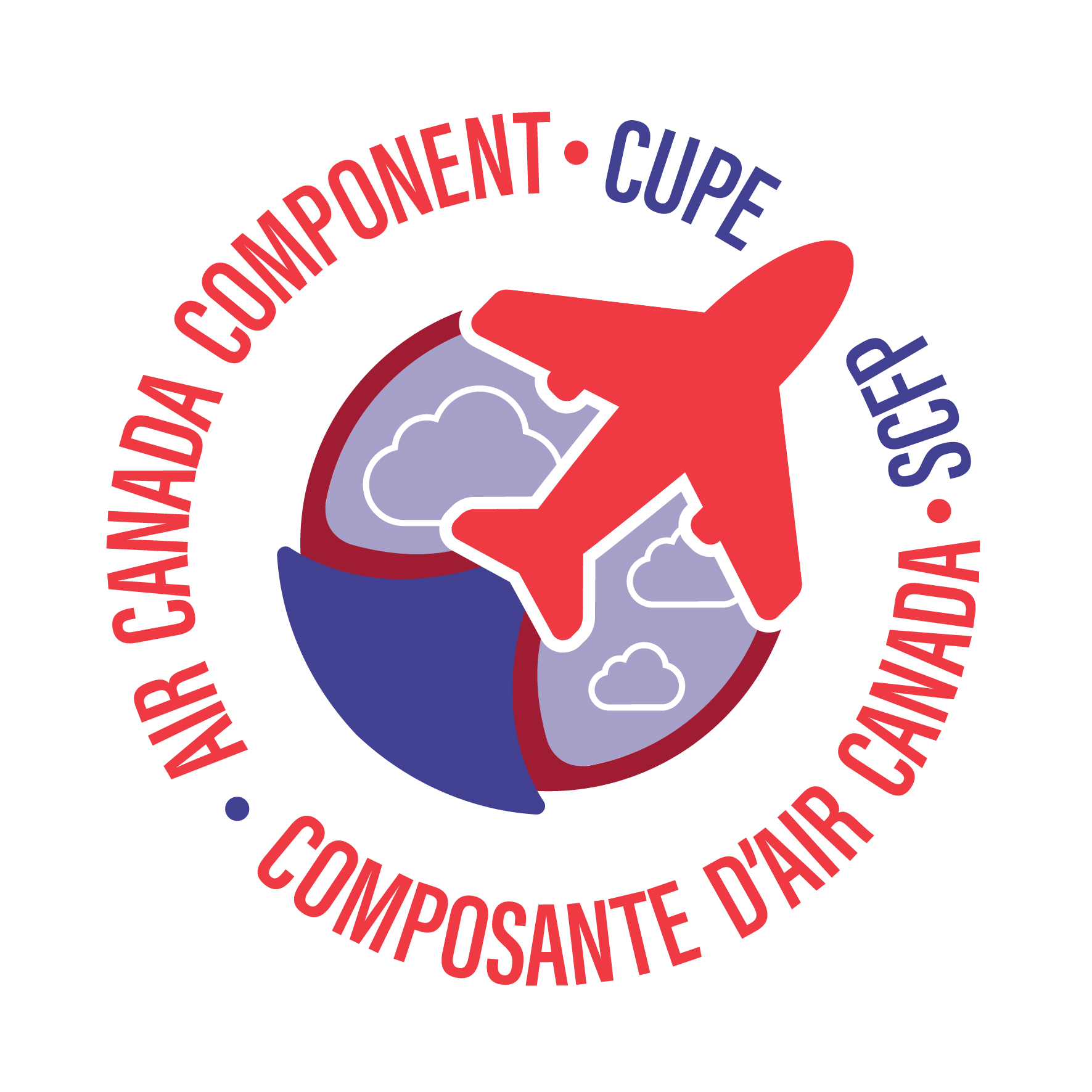ARTICLE 1 ‑ INTRODUCTION
1.01 PURPOSE OF AGREEMENT ‑ The purpose of this Agreement is, in the mutual interest of the Company and the employees, to provide for the operation of the services of the Company under methods which will further, to the fullest extent possible, the safety of air transportation, the efficiency and economy of operations, and the continuation of employment under conditions of reasonable hours, compensation, and working conditions.
It is recognized by this Agreement to be the duty of the Company and of the employees to cooperate fully, both individually and collectively, for the advancement of this purpose.
1.02 DEFINITIONS ‑ As used in this Agreement, the following terms shall have the following meanings unless otherwise specified.
1.02.01 Agreement ‑ The Collective Agreement, Letters of Understanding and Block Rules negotiated between the Company and the Union, including amendments or interpretations thereto agreed upon and covered by letters, or written amendments signed by responsible Union and Company officers. These written amendments shall remain binding only for the duration of the existing Agreement unless incorporated into the subsequent Agreement.
1.02.02 Union ‑ The Airline Division of The Canadian Union of Public Employees.
1.02.03 Company ‑ Air Canada.
1.02.04 Employee/Cabin Personnel ‑ Purser, Assistant Purser, Flight Attendant.
1.02.05 Month ‑ Block Bid Periods as established by agreement between the Union and the Company.
1.02.06 Permanent Employee ‑ An employee employed in a permanent position so classified by the Company.
1.02.07 Temporary Employee ‑ An employee employed for a period not to exceed six (6) consecutive months.
1.02.08 Overseas Operation ‑ Any operation conducted from any point on the North American Continent to any landing point more than five hundred (500) miles outside the boundary of said North American Continent, or any operation conducted between any points more than five hundred (500) miles outside such boundary, and such other operation not now included herein which may be mutually agreed between the Union and the Company to be an “Overseas Operation”. For the purpose of this Agreement, the line in red shown on the map signed by and filed with both parties to this Agreement shall be deemed to be a line five hundred (500) miles outside the boundary of the North American Continent. All points and places shown as outside the red line on this map shall be deemed to be more than five hundred (500) miles outside the boundary of the Continent and all points shown as inside the red line on the said map shall be deemed to be within five hundred (500) miles of the boundary of the Continent. (APPENDIX I)
1.02.09 Block to Block Flight Time ‑ The elapsed time between actual departure (wheels roll) and actual arrival (wheels stop) on each flight leg.
1.02.10 Co‑Terminal ‑ Those airports serving the same Metropolitan area into which the Company operates some or all of its flights.
1.02.11 Single Vertical Line ‑ Editorial revision to the last Agreement.
1.02.12 Double Vertical Line ‑ Negotiated revision to the last Agreement.
1.02.13 Regular Blockholder ‑ An employee awarded or assigned a Regular or Supplemental Block.
1.02.14 Reserve Blockholder ‑ An employee awarded or assigned a Reserve Block.
1.02.15 New Language Flight Attendant (NLFA) – refers to employees in the bargaining unit who are Level III or above in a language which has not been required on any company route prior to January 1, 1993.
1.02.16 Designated Base – Any current base in Canada designated by the Company, after consultation with the Union, to operate pairings with New Language Flight Attendants (NLFA’s).
1.02.17 Delhi Block – A block which contains one or more Delhi pairings.
